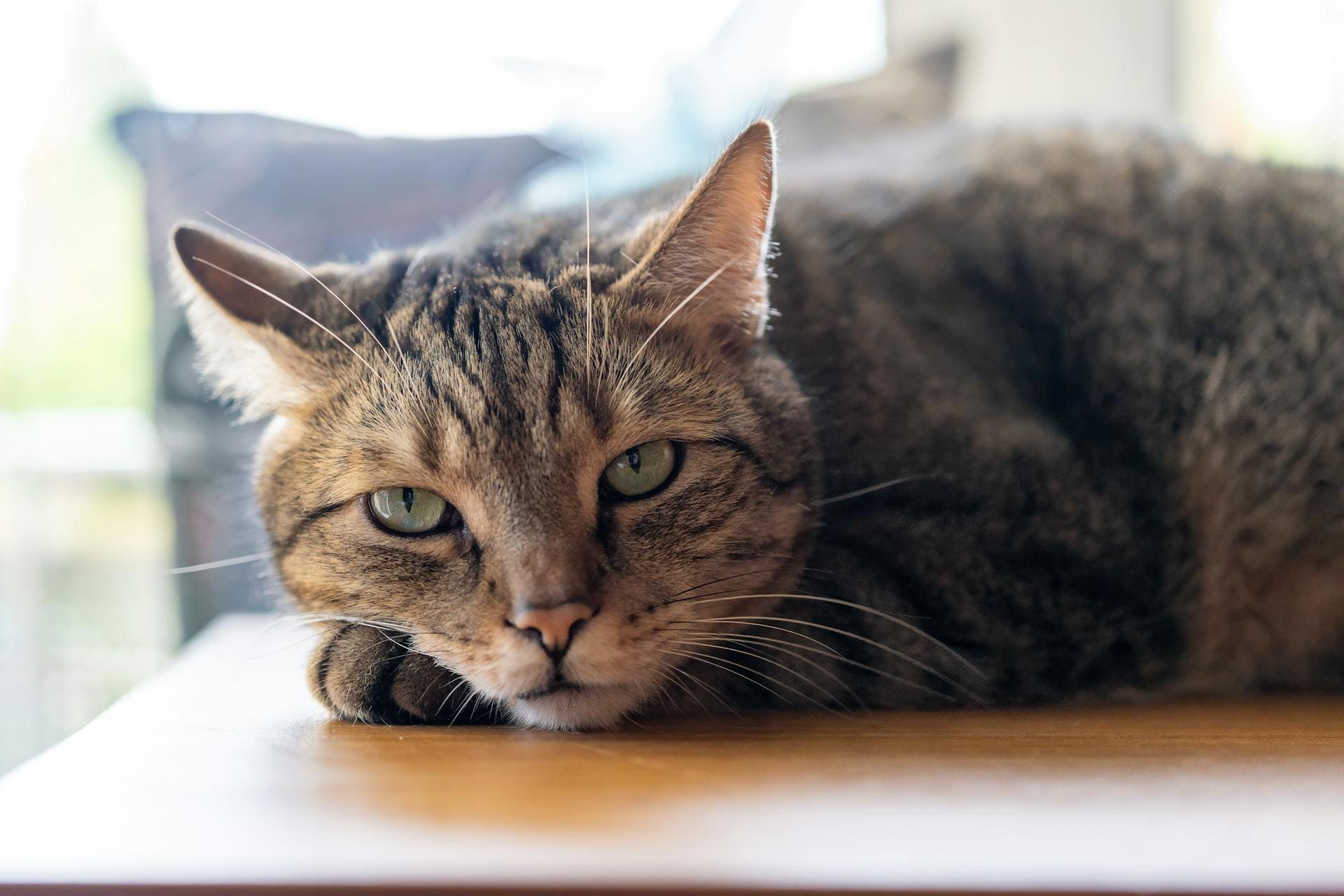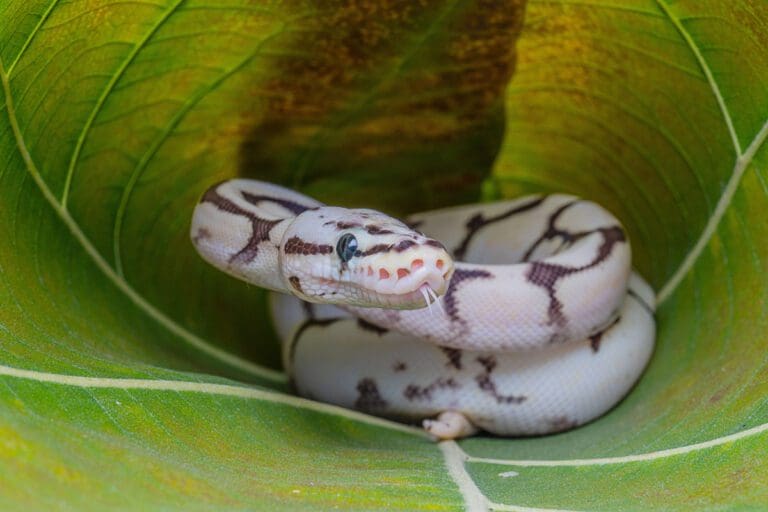Your cat sleeps 16 hours a day, so how on earth could they possibly be bored? More readily than you would think. House cats, especially those with no regular playtime or interactive toys, can get mentally unstimulated. A bored cat will engage in unwanted behaviors, including excessive meowing, overgrooming, and inappropriate elimination.
Cat boredom signs frequently disguise themselves as behavioral issues, frustrating owners who believe that their cat is simply being obstinate. Recognizing these subtle cues and instituting specific cat enrichment activities can turn a lethargic, destructive cat into an active, happy companion.
Warning Signs Your Cat Needs More Mental Stimulation
Needy or bored cats will groom and lick repeatedly to the point of skin irritation or bald patches, employing over-grooming as a self-soothing action when not stimulated enough. This bored cat behavior creates a cycle of destruction that leads to more irritation, which in turn causes more grooming.
Key indicators of feline boredom:
- Destructive behavior: Furniture damage, chewing of objects not meant for food, tearing of carpets or soft furnishings
- Excessive vocalization: Constant meowing, often at night, for attention
- Litter box issues: Eliminating outside the litter box may point to boredom, stress, or lack of environmental stimulation
Mittens, a three-year-old tabby, had a habit of knocking over houseplants on windowsills and ripping curtains. Her owner at first attributed this to “cattitude,” but these were classic cat boredom signs. With the addition of structured play sessions and puzzle feeders, the destructive behavior disappeared entirely within two weeks.
Read More: 10 Signs Your Cat Isn’t Feeling Well
Creating an Enriched Environment That Cats Actually Use
Environmental enrichment is not simply buying high-priced toys to collect dust. Feral cats maintain their natural behaviors such as scratching, chewing, and elimination, so successful enrichment must address these natural needs.
Puzzle feeders revolutionize mealtime by making cats work for their food. Interactive toys offer many benefits, such as mental energy burned to discourage boredom. Some veterinarians and cat behaviorists recommend cat puzzle feeders as a way of making cats exert more effort for food.
Veterinary-approved enrichment methods:
- Toy rotation weekly: Have 3-4 out at all times; stash others to maintain novelty
- Vertical areas: Add cat trees, shelves, or window perches for climbing and observing
- Interactive feeding: Use puzzle feeders, treat balls, or hide kibble around the house
Environmental enrichment is merely creating an entertaining and safe space filled with an assortment of toys and spaces that will drive boredom away.
Read More: Top 10 Hacks That Will Transform Your Lazy Indoor Cat into an Energetic Feline Dynamo
Daily Routines That Combat Boredom
Regularity prevents cat boredom signs from even happening. Cat enrichment prevents boredom, burns energy, and helps reduce stress and anxiety. Creating regular play sessions replicates natural hunting patterns while providing much-needed mental stimulation.
Create two 10-15 minute play sessions a day using wand toys that trigger predatory instincts. Reward each play session with a small amount of food to complete the hunt-catch-kill-eat sequence that satisfies deep-seated behavioral needs.
Creating variety in daily enrichment:
- Morning activation: Hide treats or kibble before leaving for work
- Midday stimulation: Laser pointers or treat-dispensing cameras on automatic for working owners
- Evening wind-down: Interactive play followed by puzzle feeding before sleeping
Transforming Your Bored Cat Into a Content Companion
Recognizing cat boredom signs ahead of time prevents behavioral problems from becoming well-established habits. The best method is to prevent boredom from arising in the first place through active management of the environment and regular enrichment.
Observe how your cat responds and expand on it with additional cat enrichment activities over time, according to what they enjoy and how energetic they are.
Ready to transform your under-stimulated cat? Begin with puzzle feeders and play, then diversify your enrichment toolkit as you figure out what engages your cat and satisfies their primal instincts.
Read More: 10 Hacks to Keep Your Furniture Safe from Rambunctious Kittens






